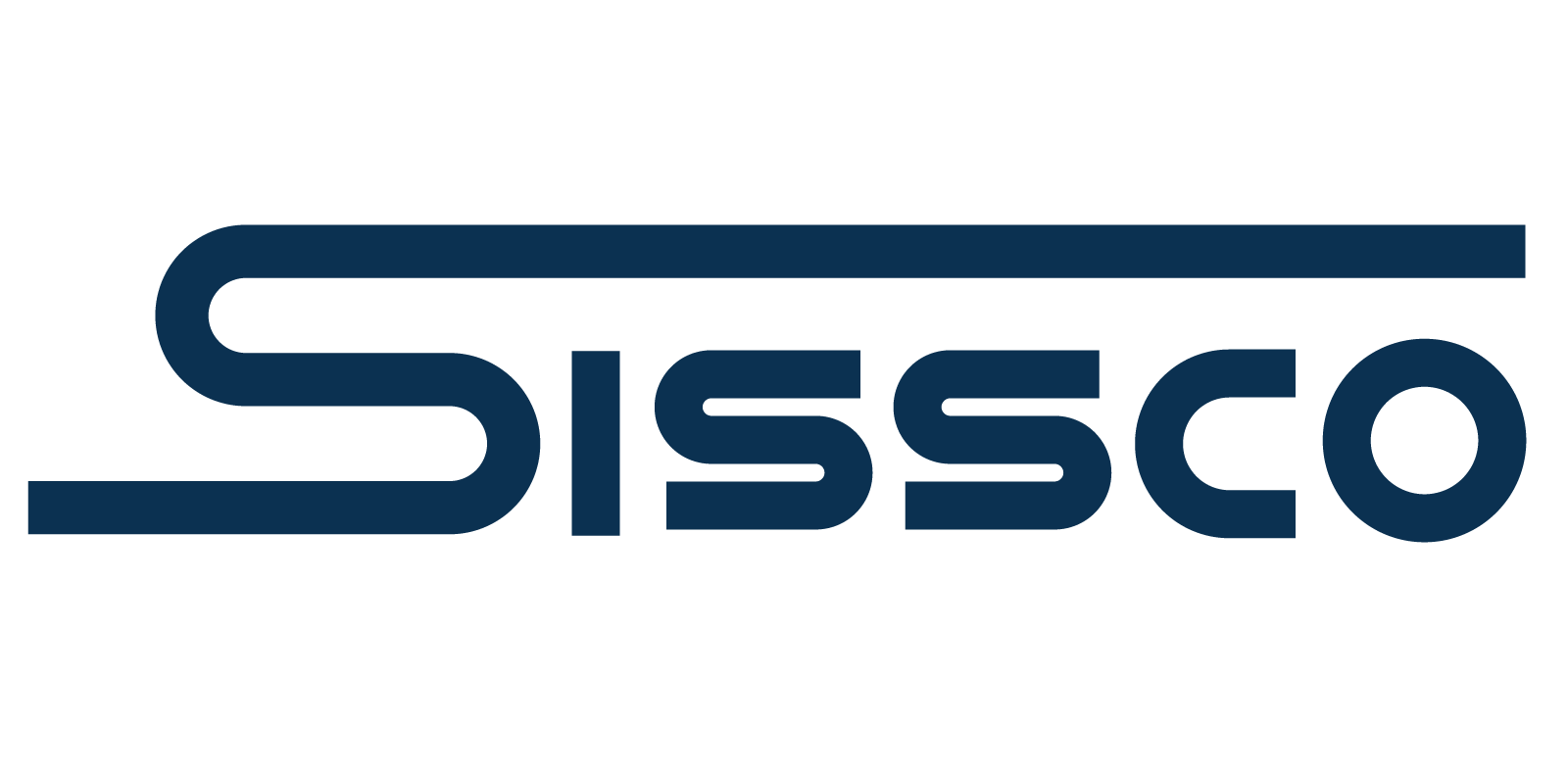Safety and Performance: SISSCO Crane and Hoist Service (NY/NJ)
In the industrial world, selecting the correct lifting equipment is crucial for operational efficiency and safety. The confusion between hoists and cranes, which are often used interchangeably, can lead to suboptimal decisions that affect productivity. Understanding the distinct functionalities, design structures, and capacities of these two types of equipment is essential for business owners and operators. This insight clarifies their applications and guides them in making informed choices that align with specific industrial needs and environments. Therefore, comprehending the differences and similarities between hoists and cranes is fundamental to optimizing lifting operations in various industrial scenarios. Regardless of the system you end up with, it is vital to ensure you are properly maintaining your systems, which includes reaching out for the best hoist service NY has to offer.
Design and Structure of Hoists
Hoists are characterized by their simple yet functional design, primarily engineered to lift or lower loads vertically. The core components of a hoist include a drum or lift wheel, around which a chain or rope is wound, and a hook for attaching loads. This basic configuration underlines the hoist’s dedicated purpose for vertical motion, with specific hoist models offering limited horizontal movement when integrated with a trolley system. The simplicity of hoists not only defines their operational scope but facilitates ease of maintenance and hoist repair in NY and NJ.
Hoists vary in type, such as manual (hand) hoists, electric wire rope hoists, and electric chain hoists. Manual hoists, powered by human effort, are apt for environments lacking electrical power and are praised for their simplicity and ease of use. Electric hoists, in contrast, provide higher lifting efficiency and are predominantly used in industrial applications for heavier loads. The choice between these types often depends on the specific requirements of the lifting task, including load weight, frequency of use, and available infrastructure.
Design and Structure of Cranes
In contrast to hoists, Cranes exhibit a more complex and versatile design, enabling multi-directional movement of heavy loads. This complexity is a function of their various components that work in unison. A typical crane features a bridge (in overhead cranes), a trolley, and a hoist. The bridge extends across the workspace and is the primary support for the trolley and hoist. The trolley, which carries the hoist, enables lateral movement along the bridge, while the hoist itself is responsible for the vertical lifting and lowering of loads.
The diversity in crane types further illustrates their design complexity. Overhead (bridge) cranes are commonly seen indoors in factories and workshops. With their leg-supported bridge, Gantry cranes are suitable for outdoor activities, such as in shipyards. Jib cranes, known for their compact design, are ideal for confined spaces. Monorail cranes offer flexibility in movement along a predetermined path, making them suitable for various production facilities. Each type is specifically tailored to its intended application, considering factors like load capacity, range of motion, and environmental suitability.
The design and structure of hoists and cranes reflect their intended use and operational environment. Hoists excel in straightforward vertical lifting tasks with their uncomplicated design, while cranes, with their more intricate structures, are adept at handling complex lifting tasks across multiple directions and over a more extensive range. Understanding these fundamental differences aids in appropriately selecting lifting equipment and ensuring operational efficiency and safety in various industrial scenarios. Overhead crane service in NY and NJ is like hoist services.
Compare and Contrast: Hoists vs. Cranes
Design Complexity:
Hoists: Simpler design focused on vertical lifting.
Cranes: More complex, allowing multi-directional movement of loads.
Movement Capabilities:
Hoists: Primarily designed for vertical lifting and lowering, some models allow limited horizontal movement when attached to a trolley.
Cranes: Can move loads vertically, horizontally, and across large areas; versatile in handling different lifting tasks.
Operational Scope:
Hoists: Best suited for precise vertical lifting tasks, especially in confined spaces like factories and warehouses.
Cranes: Ideal for large-scale industrial activities and construction projects, offering extensive range and flexibility.
Types and Variations:
Hoists: Include manual (hand) hoists, electric wire rope hoists, and electric chain hoists, each tailored to specific lifting requirements.
Cranes: Types include overhead (bridge) cranes, gantry cranes, jib cranes, and monorail cranes, each designed for specific industrial applications.
Load Handling and Capacity:
Hoists: Generally used for lighter loads compared to cranes, focusing on vertical movement.
Cranes: Typically handle heavier loads and can move them over longer distances and broader areas.
Operational Complexity and Training:
Hoists: Often more straightforward to operate, requiring less specialized training for operators.
Cranes: Require qualified operators due to their complexity and the weight of loads handled, often necessitating more in-depth training and certification.
Hoist and Overhead crane Services in NY and NJ
While hoists and cranes are essential in industrial lifting and material handling, they differ significantly in design complexity, movement capabilities, operational scope, types, load handling capacity, operational complexity, and historical development. These distinctions guide the appropriate selection of equipment based on the specific requirements of different lifting operations.
Hoists and cranes, although different, both need to run at peak performance, which is hard considering normal wear-and-tear. Partnering with SISSCO for all your hoist and overhead crane service needs in NY and NJ is the best solution for optimal performance and safety on the job site.



